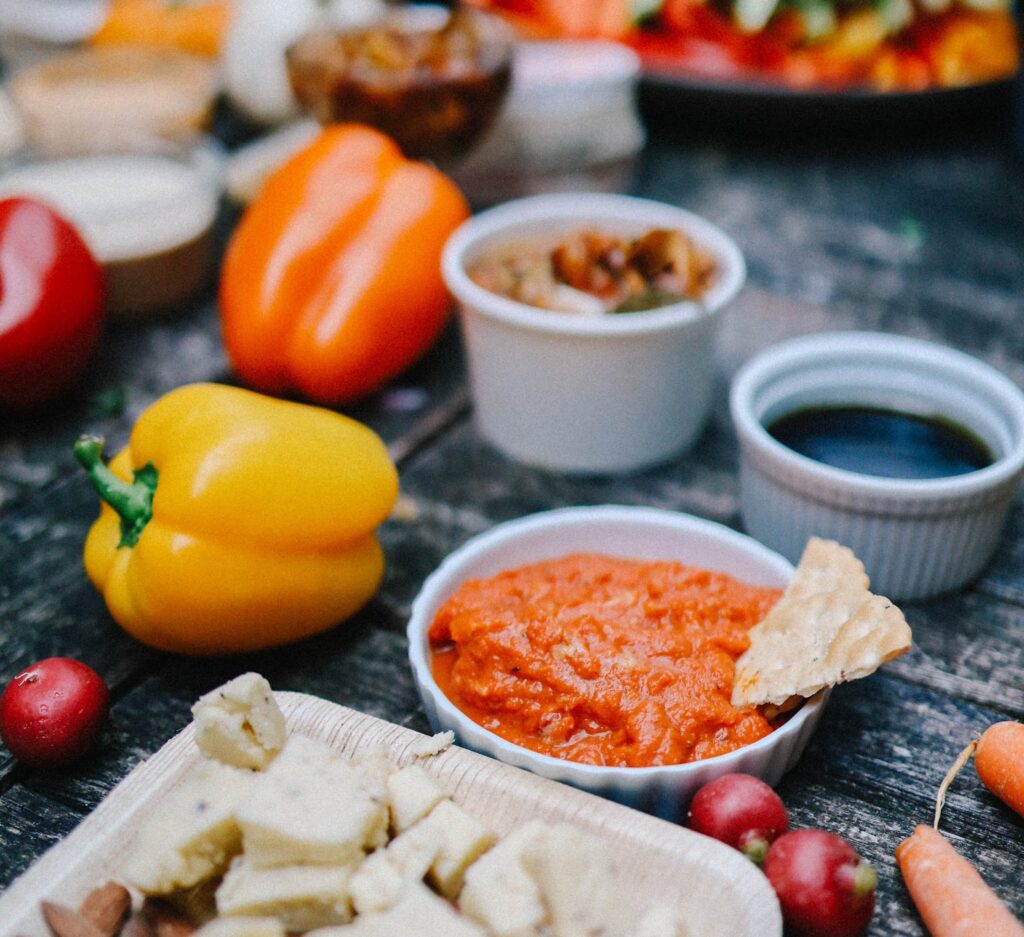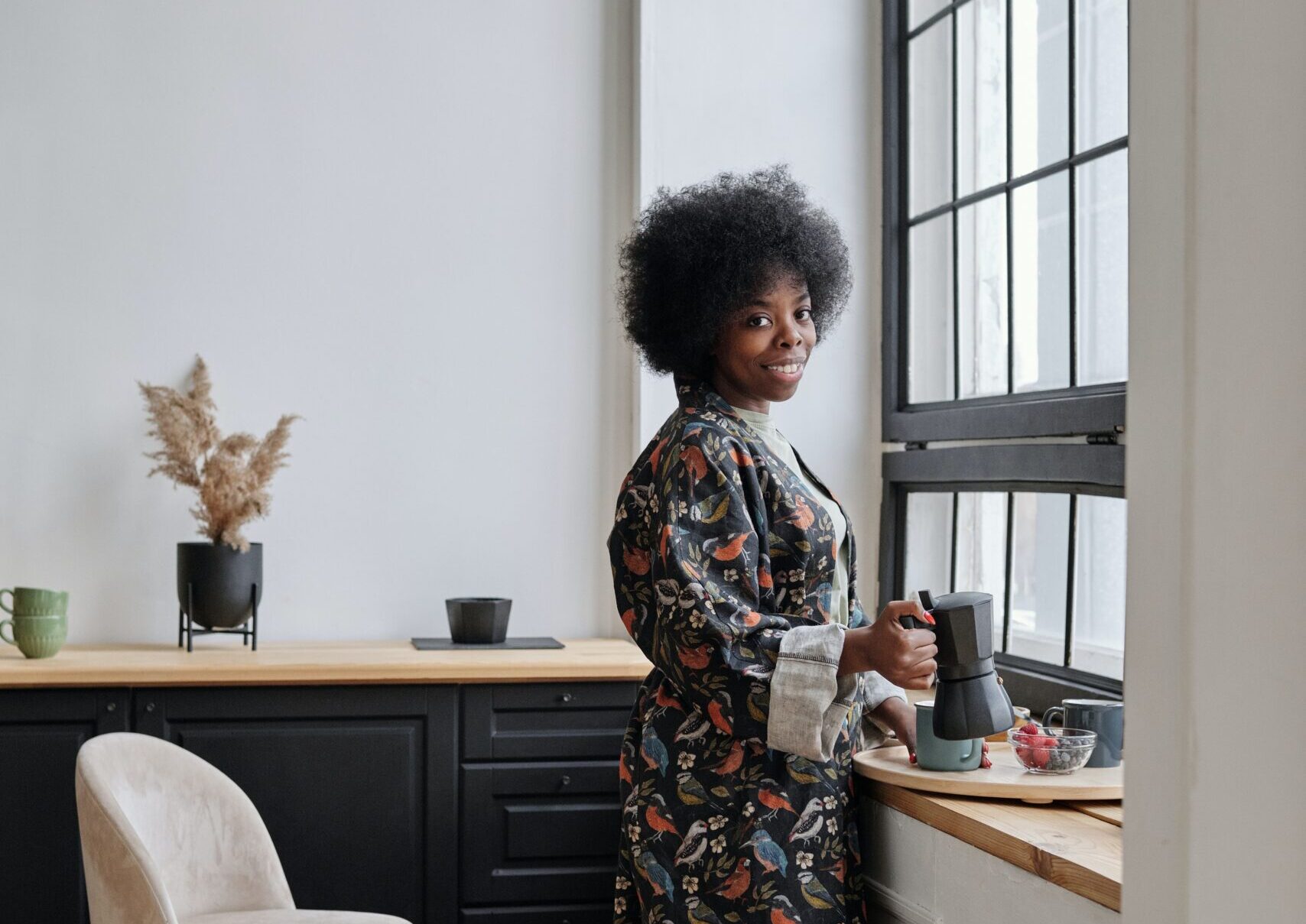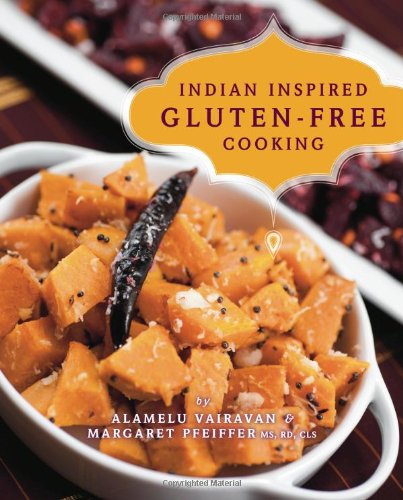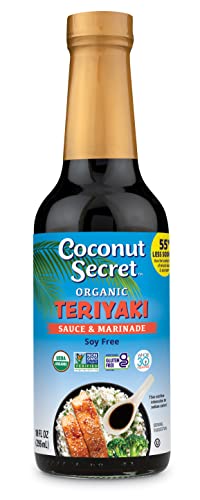My gluten-free journey started in 2021. It wasn’t necessarily a choice I planned for; constantly traveling and eating in different environments taught me to listen to my body. And with this new sensitivity, I heard my body screaming that right now, she was done with gluten.
There are many reasons why people decide to cut gluten out of their lives, permanently or seasonally. For some, they discover that they have an allergy or intolerance for it over the years. Others have Celiac Disease (a condition where your immune system attacks your own tissues when you eat gluten), and others simply want to eat cleaner without the bloated feeling after a meal.
At first, making the transition to my gluten-free diet seemed like a huge inconvenience for someone who loves food and already has specific dietary requirements. At the time, I was already plant-based and had been for the last five years. To top it off, I was in Mexico, easily one of the tastiest foodie capitals on the entire Earth. I automatically assumed that eating out at my favorite restaurants was going to be significantly more awkward.
Initial experiences going gluten-free
The reality is, it wasn’t all that bad. Going gluten-free in Mexico might have been the best place to initiate my new life habit. I could still eat rice, corn tortillas, and all of the fresh vegetables I wanted. For me, the transition felt pleasantly more manageable. My taco spot, tamales spot, and burrito bowl restaurant were all still accessible. The biggest change was swapping out pasta for chickpea/corn-based alternatives and incorporating rice noodles in my weekly shop more regularly.
Another quiet concern I had was my fear of losing dramatic amounts of weight. Wanting to maintain my healthy weight, I heard many stories about how cutting out gluten inevitably leads to weight loss. This led to me having to work out smarter and more often to ensure that I maintained myself. Growing up in a Caribbean household, I knew that a lot of my favorite dishes (fried dumplings, festivals, hard dough bread, roti) would be ruled out. The most heartbreaking thing is to explain to your granny that you still love her dumplings but just can’t eat them.

Dining out while gluten-free
One of my biggest challenges is sustaining a diet that feels like ‘me’ while in different countries. For instance, being in the rhythm of gluten-free eating, knowing the gluten-free restaurants (who also remember you), knowing the items to substitute in the supermarkets, and cooking food that you enjoy that makes your body feel good is all an art. Switching up to a new country or city can throw you off balance sometimes. For instance, coming back to Europe, aka the land of gluten, proved just how hard being gluten-free is in comparison to the Caribbean or Latin America.
Of course, I found my rhythm after a week or so, but it can make you miss your gluten-eating days when you didn’t have to overthink everything before you sat down to eat. Dining out as a gluten-free foodie gets easier in your city – and abroad – with time. My rule is, don’t settle for the salad. Trust me; there is usually always something you can have or swap out if you search the menu well enough.
Things that made going gluten-free easier
Today, my almost two-year journey with gluten-free eating has turned into a pleasant one. It’s definitely one I’m still learning about, but it’s one I have more patience and appreciation for. No matter where you are in the world, there are some things that are just going to make the transition easier.
Search for gluten-free city guides
TikTok, Pinterest, and Instagram are full of them. Find the best spots and hidden gems in your city to live your best gluten-free life.
Restaurants that have gluten-free kitchens/menus
A god-sent. With gluten-free restaurants, you don’t have to worry about checking what you can eat and what you can’t. Equally, restaurants that prepare gluten-free food separately make it safer for those with intolerances.
Indian, Ital, and Mexican cuisines: I find these cuisines to be the most gluten-free friendly. If you prefer home-cooked gluten-free meals, investing in a cookbook is another idea I always recommend.
East-Asian foods sometimes have sneaky gluten foods
I love East-Asian food, but between Soy sauce, Seitan, egg noodles, dumplings, and the like, I knew my gut didn’t appreciate it. These are some items that contain wheat (gluten) and are easy to forget about when going through the checks. There are always some alternatives, thankfully, like this ‘Coconut Secret’ Soy Sauce alternative.
Thoroughly check your options in the supermarkets
It’s time to become one of those people who spend ages reading the labels of the products before committing them to the trolley. Many brands offer gluten-free alternatives to bread, pasta, sauces, and desserts. If you prefer naturally gluten-free foods, the vegetable and fruit sections have abundant options. Some options, including cassava, sweet potatoes, and plantains, will even leave you feeling full. You might even be able to experiment with some of your favorite recipes from your culture with a gluten-free twist.
Experimenting: Pushing beyond my woes of what I thought I couldn’t eat helped me get creative with my diet. Now, I eat food I love and often forget that my plate is ‘missing’ gluten. Once you experiment with flavors and new foods you weren’t raised on and may never have stumbled across, you have more fun. This plant-based take on Caribbean Curry goat is a recipe you can start with.
Related: 5 Spice Blends For Time-Crunched Cooks
Our editors love finding you the best products and offers! If you purchase something by clicking on one of the affiliate links on our website, we may earn a commission at no extra cost to you.


